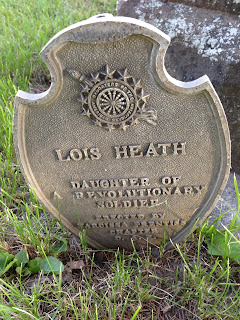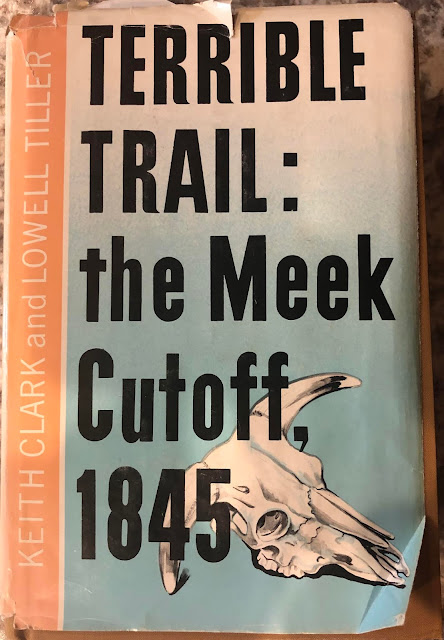#14-2020 Water
In the arid west, water is vital for life. Agriculture depends on water for livestock or growing crops. A lot of the land does not have access to water and thus raises “dryland” crops, like wheat, durum or peas; the river bottoms depend on the irrigation water coming from the mountains.
Homesteaders knew the value of water as they built near a creek, river or spring. The closer they were to the water, it was easier for the wife to pack buckets of water. Having water piped into a house from a spring or well was a luxury!
To attract homesteaders to the west, the Bureau of Reclamation began to create irrigation projects. Congress in April of 1904 authorized the beginning of surveys of land along the Yellowstone and Big Horn Rivers. The Huntley Project Irrigation District was authorized In April of 1905, by Secretary of the Interior, E. A. Hitchcock. It became the 5th project authorized under that Act. Plans and specifications for construction of a canal and lateral system to service 35,000 acres were developed with a goal to deliver water for the 1907 season.
The Dredger used to dig the canal and laterals on the Huntley Project Irrigation District.
Lands for the Huntley Project were first opened homestead entry in 1907. By 1910 there were 352 farm units compromised of 20,905 acres. The farm units were to consist of 40 acres. The Homesteaders had to repay a construction cost which could be paid back in annual installments. It was soon discovered that 40 acres could not support a family. Thus many farms were sold as other increased their holdings. For many years farmers on Bureau of Reclamation projects were held to 160 acres, then 360, then 960 acres.
Because of water, a variety of crops could be raised such as sugarbeets, corn, hay and wheat.
The creation of the canal, laterals and 40 acre fields, was well thought out and developed. The water continues to this day (2020) to be delivered to fields via the plan developed in 1907. The landowner continues to pay a charge for the water delivered to his property. Since the Huntley Project system is a full service project, there are yearly costs for maintenance of the system.
Delivery of water by laterals and ditches is very labor intensive. During the spring, the crops are planted, cultivated and ditched. Which means when the ground is workable, small ditches are created along each row of crops. A ditcher is pulled behind a tractor, often the field must be ditched twice in order to make a firm ditch. At the end, head ditches are pulled across for the delivery of the water and end ditches are pulled to drain the water.
A field that has been ditched.
And then the hard work begins as row ditches must be shoveled at the head ditch to make a good placement for the siphon tubes. And end ditches must have cuts at various places to allow drainage.
Siphon tubes are used in each row, or every other row, placed at the head ditch. Learning to fill a tube and siphon the water is a skill learned by all farm children. There are various methods to fill the siphon tube; some submerge the tube and throw it over the ditch while others stand on the ditch and “pump” the tube to create a siphon.
Since the land is very flat in many field, the drain water must be watched and water changed before drowning the end of the field. Plants will drown with standing excess water which cuts off the oxygen to their roots. And plants will “boil” if left standing in the water when the outside temperature gets hot. Irrigating is a balancing act, especially when you have various field, size of fields, crops and slope to the field.
Turning drylands, which have limited crops available to raise, into irrigated land increased the variety of crops available for the homesteader to grow. Not only was the homesteader able to provide for his family, he was able to produce crops for sale, thus increasing his income potential. Thus irrigated land became more valuable than dry land.





















